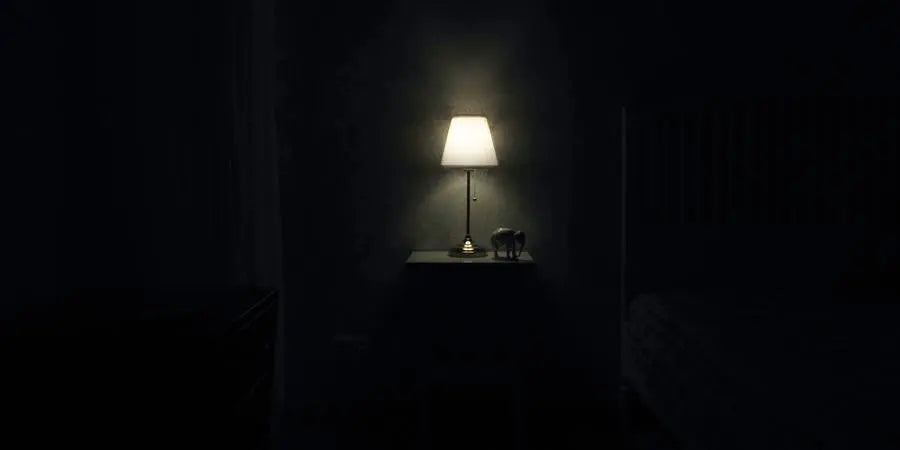
In the Absence of Information, We Make Things Up
Share
Ever found yourself in a dark room, convinced there’s a lurking monster, only to switch on the light and discover it's just a chair with a jacket thrown over it? Such is the power of the unknown. It's a deep-seated trait in us humans: when we don’t have the complete story, our minds race to fill in the blanks.
Why We Fill the Blanks: Understanding the Power of the Unknown
Our ancestors evolved in a world where the rustle in the bushes could be a predator. It was safer to assume a threat and be wrong than to dismiss it and be right. Thus, our minds evolved to generate immediate stories and scenarios to explain unknown stimuli, even if those stories veered towards the dramatic or the improbable.
In today’s world, this evolution manifests in different ways. Consider the following:
The Silence in Communication: Ever sent an email or message and didn’t get a response? Your mind may have whispered, “They’re ignoring me,” or “I must have upset them,” when in reality, they might just be busy.
The Gaps in Knowledge: In business, if a leader isn't transparent about changes, employees might assume the worst. In the absence of clear communication, rumor mills churn.
Marketing and Products: Brands that leave out information or create an aura of mystery entice consumers to fill in the blanks, often in favorable ways. Apple, for example, is notorious for its secrecy before product launches, building anticipation.
The Stories We Spin
In the digital age, where information flows endlessly, you’d think this tendency would diminish. Surprisingly, it doesn't. The overload of information can actually make singular absences stand out even more.
What’s fascinating is the stories we come up with aren't random. They're a reflection of our past experiences, biases, fears, and aspirations. In essence, these stories reveal more about us than the actual situation.
Making Conscious Choices
Recognizing this human tendency is the first step to harnessing it. Here’s how:
-
Pause Before Reacting: When you notice your mind racing to conclusions, take a step back. Ask yourself if there’s another side of the story you’re not seeing.
-
Seek Information: Before letting assumptions rule, seek out more information, especially if it concerns relationships or business decisions.
-
Use It Creatively: If you're in marketing, storytelling, or any creative profession, this instinct can be golden. Use the power of the unknown to captivate your audience.
-
Transparent Communication: If you’re in a position of leadership, be as transparent as possible. Fill the gaps before they're filled with rumors.
The stories we create in the absence of information are a testament to our imaginative, pattern-seeking minds. While this trait has been pivotal for our survival, in today's intricate world, it can lead to misconceptions. By being conscious of our inclinations and proactive in our approach, we can transform potential pitfalls into opportunities for growth, understanding, and connection.
Remember, the unknown doesn’t have to be a dark room full of imagined monsters. With the right mindset, it can be a canvas, waiting for you to paint your story.